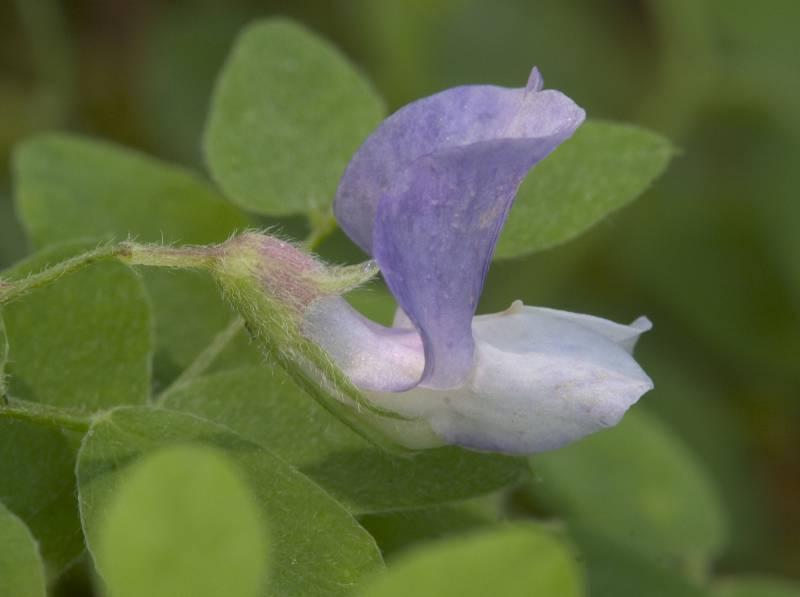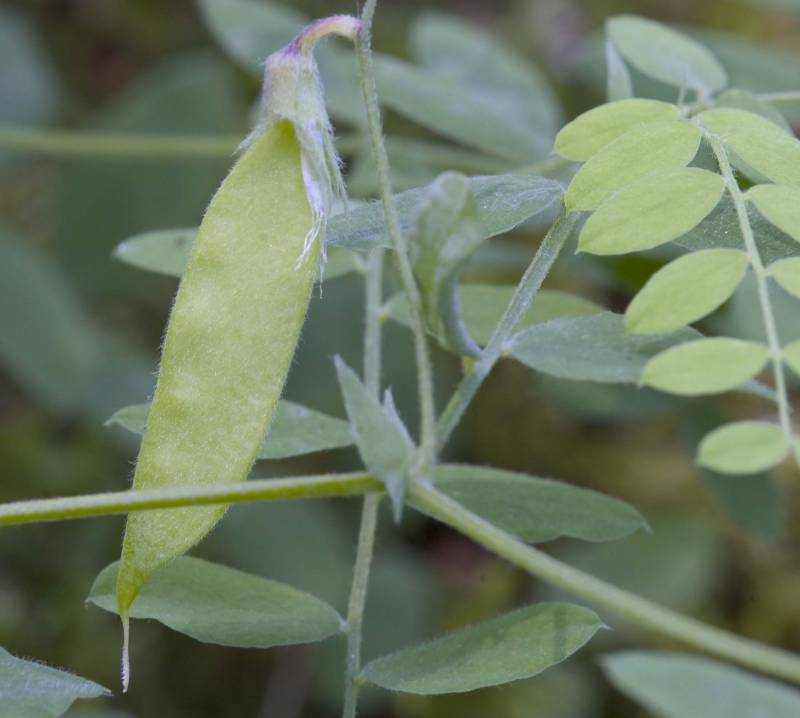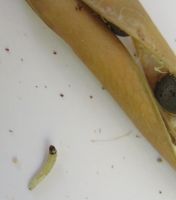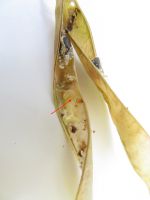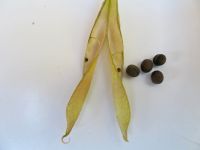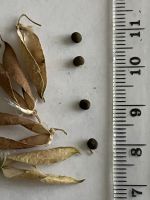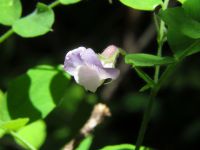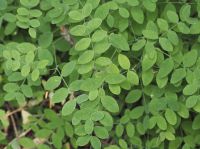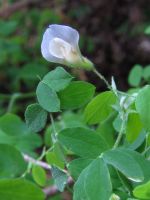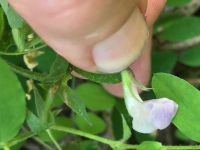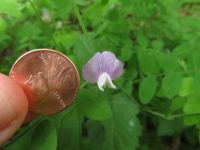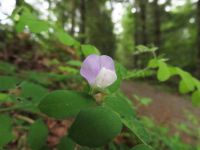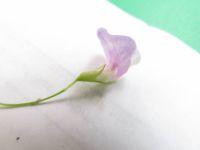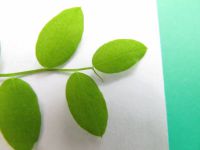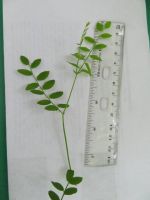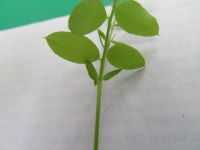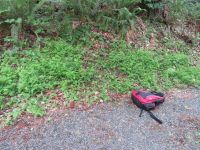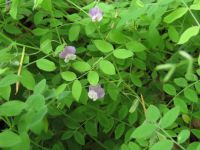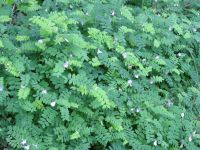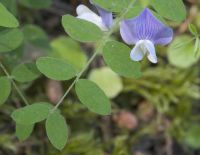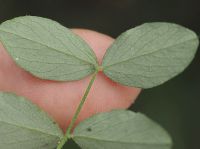Distribution: Occurring west of the Cascades crest in Washington; Washington to California.
Habitat: Open prairies and clearings in the woods at low elevations.
Flowers: May-July
Origin: Native
Growth Duration: Perennial
Conservation Status: Threatened in Washington (WANHP)
Pollination: Bumblebees, bees, butterflies
Villous, herbaceous perennial from rhizomes, the stem 0.5-4 dm. long, erect to decumbent, not climbing, slender, angled but not winged.
Leaves pinnate, leaflets 10-16, paired to scattered, elliptic to ovate or obovate-elliptic, with a sharp-pointed tip; rachis prolonged as a short bristle, true tendrils lacking; stipules lanceolate, about half as long as the leaflets, 2-lobed, the upper lobe several times as long as the lower.
Flowers 1 or 2 on axillary peduncles, 8-13 mm. long. calyx 6-10 mm. long, the teeth linear-lanceolate, the lower 3 much longer than the upper 2 and the calyx tube; corolla pea-like, the banner pale lilac to blue, 10-15 mm. long, the claw about equal to the well-reflexed blade; wings and keel about equal the banner, the wings pale bluish-lilac, the keel white, with a recurved tip.
Pod about 2 cm. long and 4-5 mm. broad.
Publication: Proc. Amer. Acad. Arts 7(2): 337. 1868. 1868.
PNW Herbaria: Specimen records of Lathyrus torreyi in the Consortium of Pacific Northwest Herbaria database
WA Flora Checklist: Lathyrus torreyi checklist entry
OregonFlora: Lathyrus torreyi information
E-Flora BC: Lathyrus torreyi atlas page
CalPhotos: Lathyrus torreyi photos

